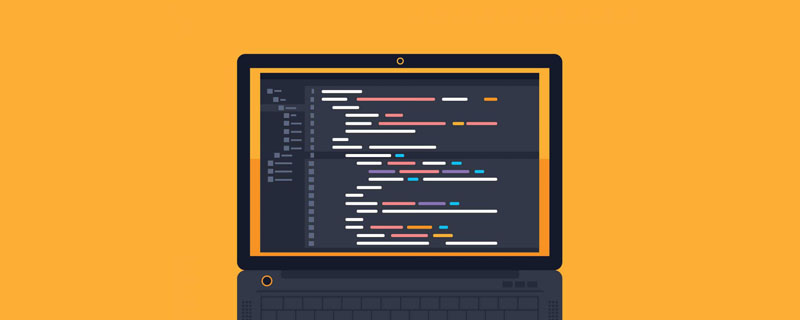In the img tag in HTML, you can use the "src" attribute to add the img image path, which is used to specify the URL of the image, with the syntax "
". The URL can be a relative path, such as "../image/*jpg/"; it can also be an absolute path, that is, the complete URL pointing to the image file.

The operating environment of this tutorial: Windows 7 system, CSS3&&HTML5 version, Dell G3 computer.
HTML  tag
tag
 tag defines an image in an HTML page.
tag defines an image in an HTML page.
Note: Technically, images are not inserted into the HTML page, but linked to it. The  tag creates a placeholder for the referenced image.
tag creates a placeholder for the referenced image.
HTML  src attribute
src attribute
The src attribute of the img tag is required. It specifies the URL of the image.
Syntax
<img src="/static/imghwm/default1.png" data-src="URL" class="lazy" alt="How to add img path in html" >
Note: When a web page loads, the browser fetches the image from the web server and inserts it into the page. Therefore, make sure the image is at the same point as the relevant web page, otherwise visitors may get a broken link icon. If the browser cannot find the image, it will display a broken link icon.
[Recommended tutorial: "html video tutorial"]
Usage of  image path in HTML Method
image path in HTML Method
1. *html files and *.jpg files (f drive) are in different directories:
<img src="/static/imghwm/default1.png" data-src="file:///f:/*jpg" class="lazy" style="max-width:90%" style="max-width:90%"/ alt="How to add img path in html" >
2. *.html files and *.jpg pictures In the same directory:
<img src="/static/imghwm/default1.png" data-src=".jpg" class="lazy" style="max-width:90%" style="max-width:90%"/ alt="How to add img path in html" >
3. *.html files and *.jpg pictures are in different directories:
a. Pictures *.jpg are in the image folder, *html and image In the same directory:
<img src="/static/imghwm/default1.png" data-src="image/*jpg/" class="lazy" style="max-width:90%" style="max-width:90%"/ alt="How to add img path in html" >
b, the picture *jpg is in the image folder, *html is in the connage folder, image and connage are in the same directory:
<img src="/static/imghwm/default1.png" data-src="../image/*jpg/" class="lazy" style="max-width:90%" style="max-width:90%"/ alt="How to add img path in html" >
4 . If the picture comes from the Internet, then write the absolute path:
<img src="/static/imghwm/default1.png" data-src="http://image.baidu.com/pcindexhot" class="lazy" / style="max-width:90%" style="max-width:90%"/ alt="How to add img path in html" >
Extended information:
The absolute path refers to The absolute position under the directory, directly reaching the target location, usually the path starting from the drive letter (root directory).
The path that completely describes the file location is the absolute path, which is the directory path based on the root directory of the web site. The absolute path name is specified from the root directory at the top of the tree directory structure to a directory or file. It consists of a series of consecutive directories separated by slashes until the directory or file to be specified. The last name is the directory or file to point to. The reason why it is called absolute means that when all web pages reference the same file, the path used is the same.
//绝对路径,指向一个因特网文件的完整 URL <img src="/static/imghwm/default1.png" data-src="https://img.php.cn/upload/article/202102/26/2021022610342015759.jpg" class="lazy" alt="flower">
Relative path refers to the path relationship with other files (or folders) caused by the path where this file is located. Using relative paths can bring us a lot of convenience. HTML absolute path refers to the full path of the file with domain name.
//文件路径指向了位于当前网站根目录中 images 文件夹里的一个文件: <img src="/static/imghwm/default1.png" data-src="/images/picture.jpg" class="lazy" alt="flower">
For more programming-related knowledge, please visit: Programming Video! !
The above is the detailed content of How to add img path in html. For more information, please follow other related articles on the PHP Chinese website!
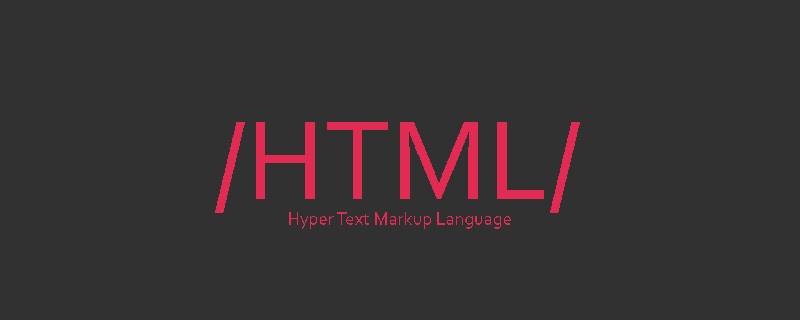 HTML超文本标记语言--超在那里?(文档分析)Aug 02, 2022 pm 06:04 PM
HTML超文本标记语言--超在那里?(文档分析)Aug 02, 2022 pm 06:04 PM本篇文章带大家了解一下HTML(超文本标记语言),介绍一下HTML的本质,HTML文档的结构、HTML文档的基本标签和图像标签、列表、表格标签、媒体元素、表单,希望对大家有所帮助!
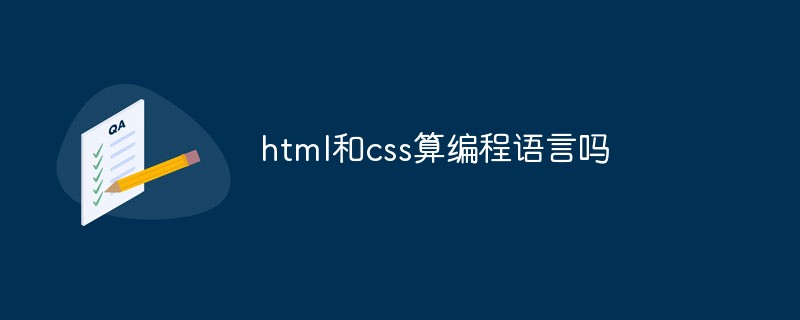 html和css算编程语言吗Sep 21, 2022 pm 04:09 PM
html和css算编程语言吗Sep 21, 2022 pm 04:09 PM不算。html是一种用来告知浏览器如何组织页面的标记语言,而CSS是一种用来表现HTML或XML等文件样式的样式设计语言;html和css不具备很强的逻辑性和流程控制功能,缺乏灵活性,且html和css不能按照人类的设计对一件工作进行重复的循环,直至得到让人类满意的答案。
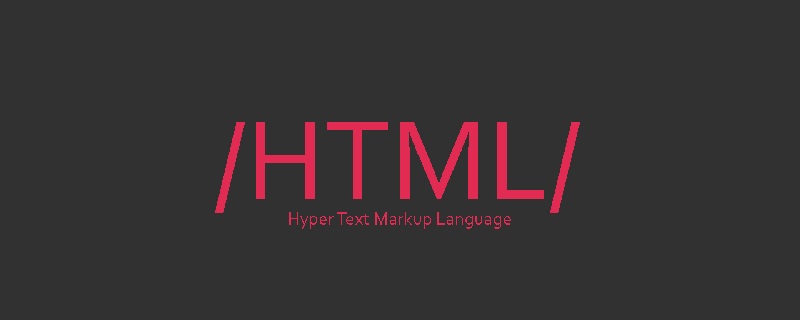 web前端笔试题库之HTML篇Apr 21, 2022 am 11:56 AM
web前端笔试题库之HTML篇Apr 21, 2022 am 11:56 AM总结了一些web前端面试(笔试)题分享给大家,本篇文章就先给大家分享HTML部分的笔试题(附答案),大家可以自己做做,看看能答对几个!
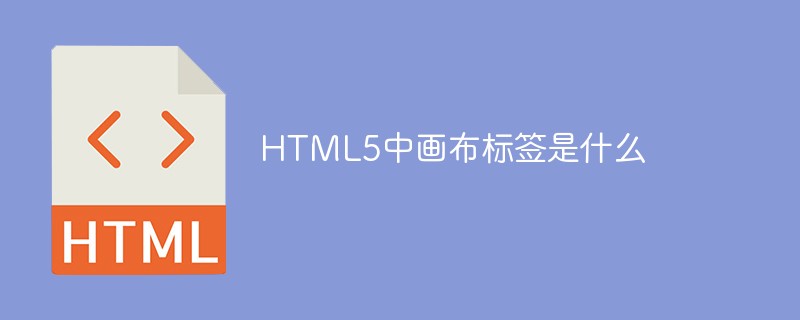 HTML5中画布标签是什么May 18, 2022 pm 04:55 PM
HTML5中画布标签是什么May 18, 2022 pm 04:55 PMHTML5中画布标签是“<canvas>”。canvas标签用于图形的绘制,它只是一个矩形的图形容器,绘制图形必须通过脚本(通常是JavaScript)来完成;开发者可利用多种js方法来在canvas中绘制路径、盒、圆、字符以及添加图像等。
 html中document是什么Jun 17, 2022 pm 04:18 PM
html中document是什么Jun 17, 2022 pm 04:18 PM在html中,document是文档对象的意思,代表浏览器窗口的文档;document对象是window对象的子对象,所以可通过“window.document”属性对其进行访问,每个载入浏览器的HTML文档都会成为Document对象。
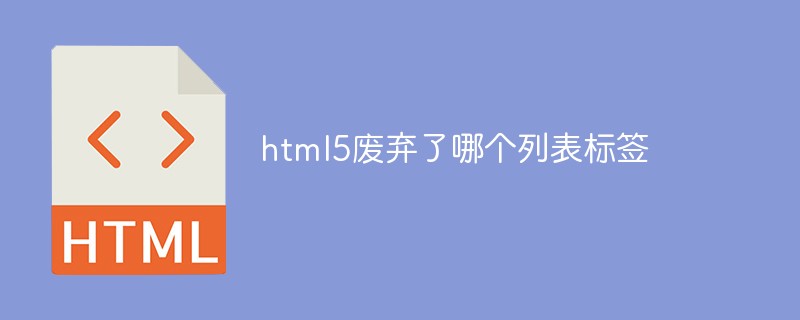 html5废弃了哪个列表标签Jun 01, 2022 pm 06:32 PM
html5废弃了哪个列表标签Jun 01, 2022 pm 06:32 PMhtml5废弃了dir列表标签。dir标签被用来定义目录列表,一般和li标签配合使用,在dir标签对中通过li标签来设置列表项,语法“<dir><li>列表项值</li>...</dir>”。HTML5已经不支持dir,可使用ul标签取代。
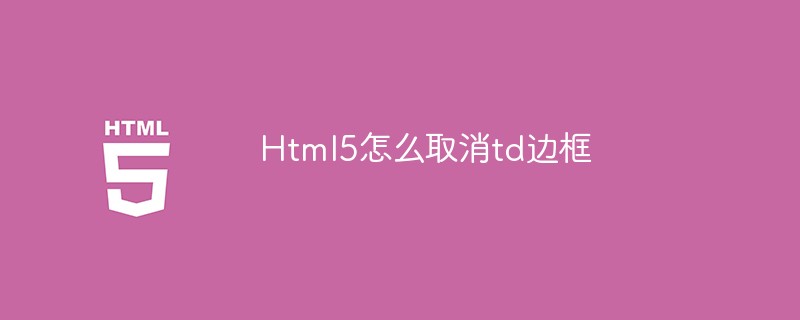 Html5怎么取消td边框May 18, 2022 pm 06:57 PM
Html5怎么取消td边框May 18, 2022 pm 06:57 PM3种取消方法:1、给td元素添加“border:none”无边框样式即可,语法“td{border:none}”。2、给td元素添加“border:0”样式,语法“td{border:0;}”,将td边框的宽度设置为0即可。3、给td元素添加“border:transparent”样式,语法“td{border:transparent;}”,将td边框的颜色设置为透明即可。


Hot AI Tools

Undresser.AI Undress
AI-powered app for creating realistic nude photos

AI Clothes Remover
Online AI tool for removing clothes from photos.

Undress AI Tool
Undress images for free

Clothoff.io
AI clothes remover

AI Hentai Generator
Generate AI Hentai for free.

Hot Article

Hot Tools

Dreamweaver CS6
Visual web development tools

ZendStudio 13.5.1 Mac
Powerful PHP integrated development environment

MinGW - Minimalist GNU for Windows
This project is in the process of being migrated to osdn.net/projects/mingw, you can continue to follow us there. MinGW: A native Windows port of the GNU Compiler Collection (GCC), freely distributable import libraries and header files for building native Windows applications; includes extensions to the MSVC runtime to support C99 functionality. All MinGW software can run on 64-bit Windows platforms.

VSCode Windows 64-bit Download
A free and powerful IDE editor launched by Microsoft

Dreamweaver Mac version
Visual web development tools





